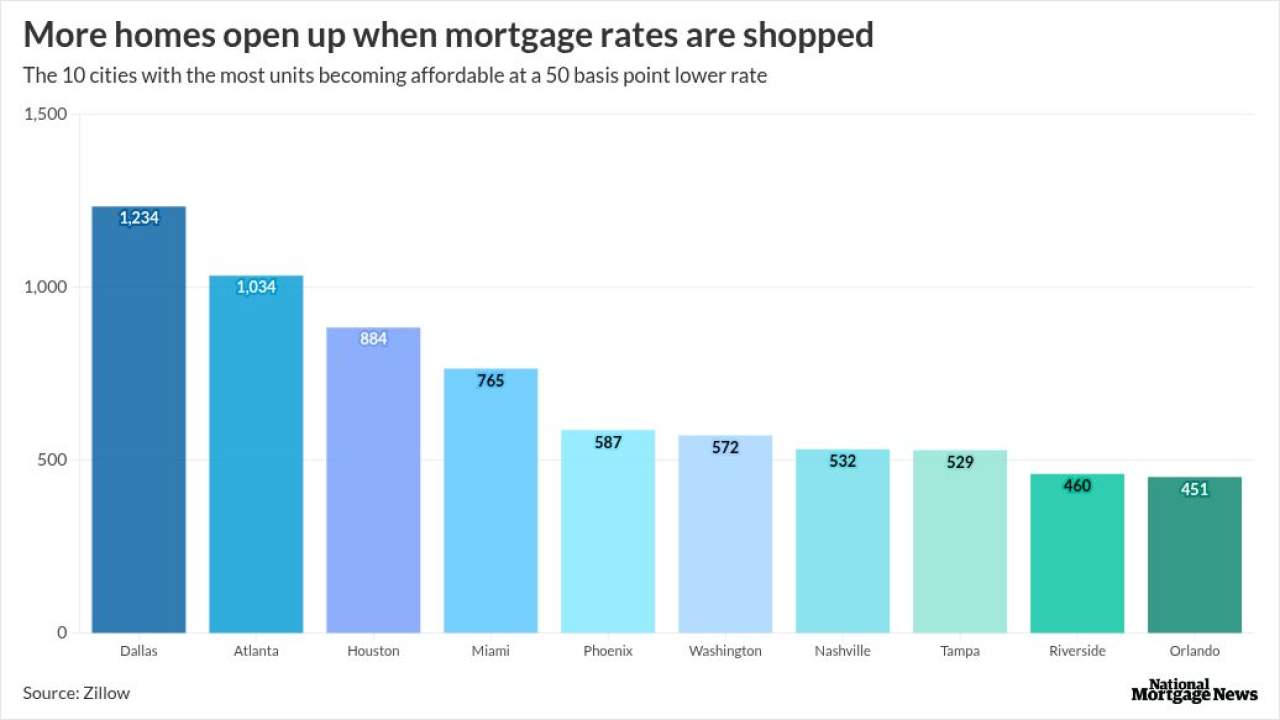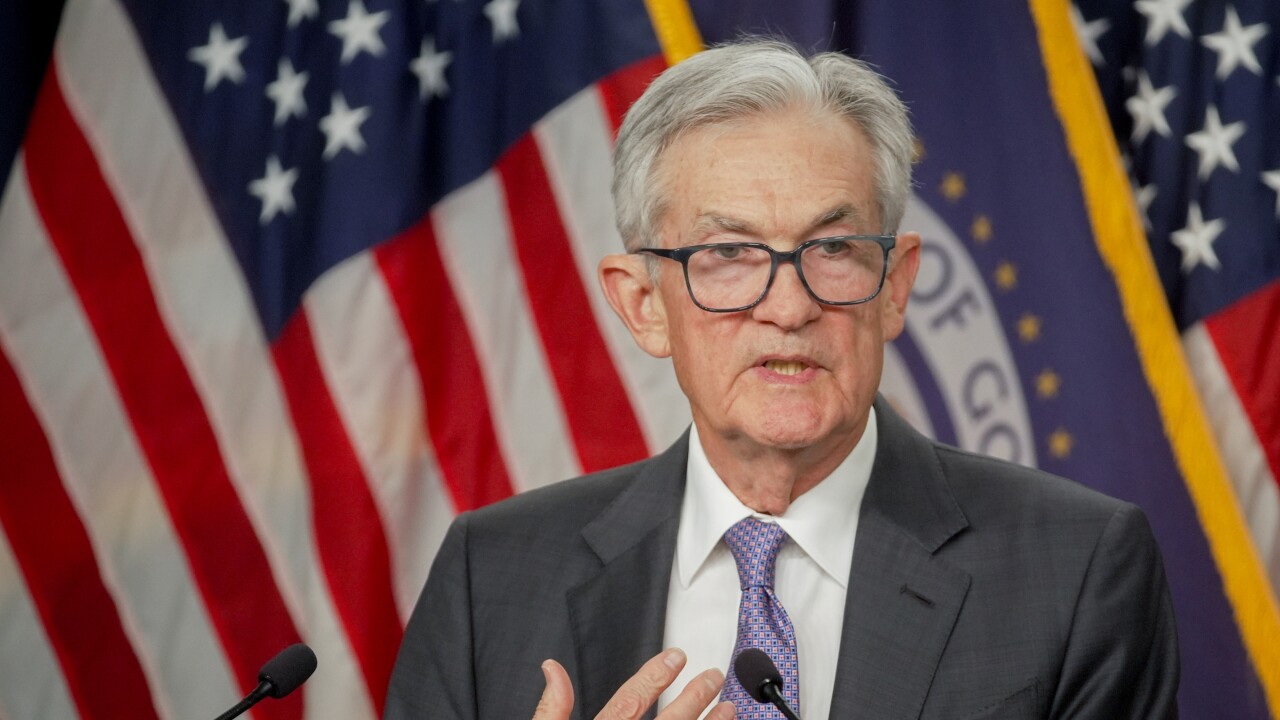Treasury yields tumbled after weaker-than-expected gauges of job creation and service-sector activity strengthened traders' conviction that the Federal Reserve could cut interest rates as soon as September.
Two- to 10-year yields reached the lowest levels since at least May 9 after the ISM Services gauge for last month signaled contraction for the first time since last June. The bond market added to earlier gains unleashed by ADP Research data showing that private-sector job growth was the weakest in two years. The US government's broader employment data for May, to be released Friday, is expected to show deceleration also.
READ MORE:
The ADP data drew a swift response from US President Donald Trump, stating in a social media post that the Fed needs to cut interest rates, a demand he's made repeatedly. Traders of swap contracts that predict Fed rate changes priced in higher odds of two quarter-point cuts by year-end, in October and December. The possibility of a move in September increased to around 95% from around 82%.
"This is a leading indicator into what we think is going to happen in Friday payrolls," Jim Caron, a chief investment officer at Morgan Stanley Investment Management, said on Bloomberg Television. "It does make the Fed probably have to step up and look. The thing they are worried about the most is a softening in the jobs market."
READ MORE:
A subsequent drop in oil prices on signs that Saudi Arabia in open to increasing production subsequently spurred yields to session lows, with five- to 30-year tenors sliding 10 basis points on the day, the benchmark 10-year note's to 4.35%.
Ahead of Wednesday's data, traders were ramping up bets against Fed rate cuts this year. Expectations rate have waxed and waned since December, when the central bank did the last of three cuts totaling 100 basis points, setting its target band for the US overnight lending rate at 4.25%-5%. The prospect that the Trump administration's tariffs agenda will reignite inflation has curbed wagers on additional rate cuts, despite signs of slowing economic growth.
Friday's jobs report is forecast to show employers added 130,000 workers in May, following an April increase of 177,000. The unemployment rate is predicted to remain steady at 4.2%, according to a Bloomberg survey of economists.
"We are looking at the unemployment rate given it's more of a clear signal," Molly Brooks McGown, US rates strategist TD Securities, said on Bloomberg Television. An upward move in the unemployment rate to 4.5% — from the current 4.2% — would see the "Fed get more concerned," Brooks McGown said.
That would "probably" make most investors more comfortable with the Fed stepping in, she said.
Donald Trump just posted in reaction to the ADP employment change miss that Fed Chair Jerome Powell "must now LOWER THE RATE." While it's unlikely that Powell himself will be influenced by the president's
Other US economic indicators have continued to show strength. While the ISM Services gauge and its new orders component indicated contraction, its employment measure unexpectedly detected expansion for the first month in three. A gauge of prices paid by businesses in the sector rose more than anticipated to the highest level since November 2022.
A separate US government gauge of hiring strength released Tuesday showed that job openings
Fading expectations for Fed rate cuts led the Treasury market to a 1% loss in May as measured by a Bloomberg index, its first since December. For 2025 through Tuesday, Treasuries have gained 2.1%.
"The JOLTS data seemed to indicate the labor market is holding in better than the ADP report suggests," said Zachary Griffiths, head of investment-grade and macroeconomic strategy at CreditSights.





